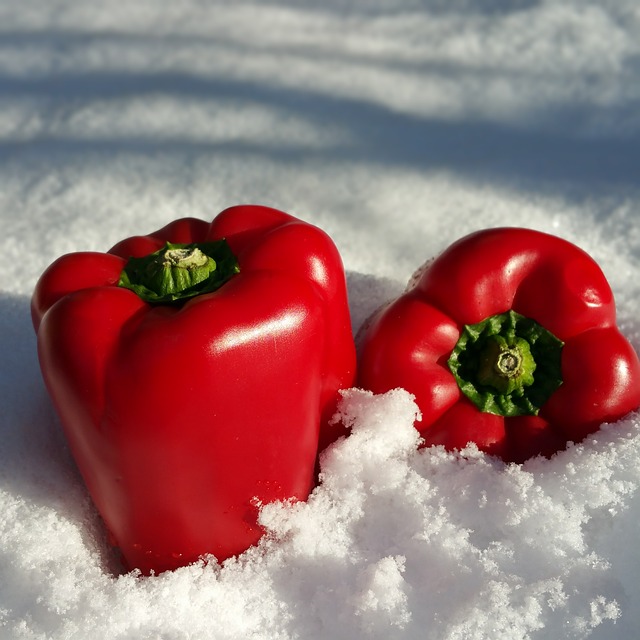Planting with the Seasons and Crop Rotation
Gardening Question from Tressa:
Thanks for such a great website. I am somewhat confused about crop rotation and year-round growing in Southern California. For example, I just planted bush beans, when they are done, I will plant leafy winter vegetables. Do I have to wait 3 or 4 years before I plant beans again? (The same question goes for others such a broccoli.) Thanks!
Answer from Pat:
Planting with the seasons is one subject. Crop rotation is another subject. If possible rotate crops that have diseases which build up into the soil. Ideally one should rotate crops so that something like a tomato, a potato, or a cabbage—each of which has some specific pests and diseases— is not grown in the same spot again for three years. Most local home gardeners cannot do this. Square foot gardening works well for crop rotation but there are not too many square-foot gardeners in Southern California since most backyards are not adapted to this method. There simply is not enough space in full sun. The solution is to concentrate on renewing the soil annually with organics every time you plant, keeping up on handpicking pests, using floating row covers in interior gardens (but not coastal gardens), and adding rhizomes, seaweed, homemade compost, and earthworm castings to create immunity to diseases and pests. Mulching the ground, keeping a clean garden by clipping off damaged leaves, picking up fallen fruit and pulling out the roots after harvesting things like cole crops are also integral to preventing a buildup of diseases if you cannot rotate your crops. It’s very important also to keep things growing rapidly by watering with at least an inch or two of water a week and keeping up the fertility level with regular additions of fertilizer.
Regarding timing, my organic book answers all your questions. Get a copy and read it month by month. Every month it will tell you what you can plant. You do not tell me in what climate zone you live, but I can assure you that in most areas of Southern California, it’s not the time for planting leafy winter vegetables. They will not do well now in July. (You can plant peas, potatoes, and leeks in late August, however, and these are cool-season crops. In August, also, you could plant seeds of cole crops in flats and have your own transplants to set out in October.)
Now in July you can plant pole or bush beans again—and No! you do not need to rotate them. It’s fine to plant beans in the same place twice since they are legumes and add their own nitrogen to the soil. Just add some compost, dig it in and plant again—Also, you can plant the crops that can be planted and grown any month year round: beets, carrots, Swiss chard, radish and turnips. Summer crops you can plant now include New Zealand spinach (this will give you a leafy vegetable you can plant, grow, and eat in summer), and corn, summer squash, Swiss chard (another green leafy veggie to plant now!), tomatoes, and turnip. You can if you wish put in some herbs also to go with these crops. This should give you plenty of choices.
You are correct that it’s wise to get in the rhythm of planting with the seasons. So let me urge you to keep up on fertilizing, watering and harvesting your summer vegetables. Continue harvesting and eating them through September and then at least by mid-October, pull everything out whether it’s finished or not, clean up the ground, add organic soil amendment and fertilizer and plant winter vegetables. (I plant mine on the first of September, but you can safely wait until October. That’s fine! Plant winter crops then and in November. Follow my book regarding when and how to plant and harvest and then next year beginning in March, do the same. Pull out all the winter veggies on or before mid March and begin right then planting summer crops (INCLUDING TOMATOES!) I think too many new gardeners are way behind on the scheduling. I was picking and eating tomatoes this year a good two months prior to my neighbors. If you fail to plant at the right times of year for each crop, then plants are weak and don’t grow well, not only because of temperature, but because of day length. Planting with the seasons gives much more luck!


